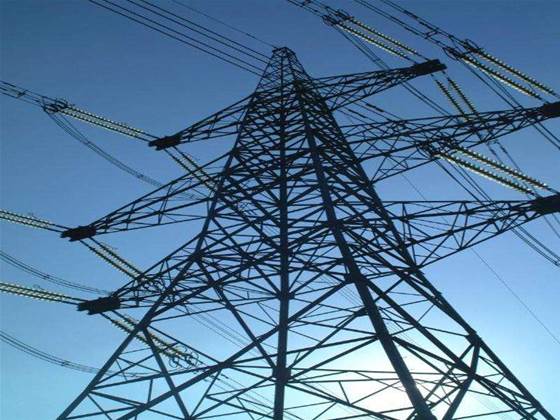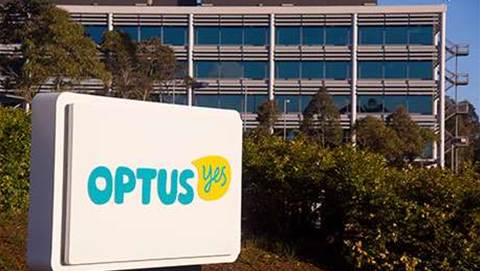The mayor of one of two towns to receive second-stage NBN fibre in Tasmania has flagged the potential for overhead cabling to play a big part at the site.

Connections to approximately 1,500 premises in Sorell's central business district were expected to be made over the next four to six months.
It followed the start of network construction at another second-stage site, Triabunna, last month, where 500 houses were to be connected to the National Broadband Network.
The rollout in Sorell was the second presided over by the area's council, which also oversaw construction of the network at the nearby suburb of Midway Point in stage one of the NBN.
Council mayor Carmel Torenius told iTnews the town's regional location made it reliant on hydro poles - large towers - for electricity transmission.
She believed NBN Co was likely to piggyback on the electricity infrastructure in the area, rather than run its cables underground.
If that occurred, it could cause problems down the track as council attempted to underground the electricity infrastructure in the area - and it was unclear if NBN wiring was strung overhead in the first instance, who would pay for the wiring to be relocated in the future.
"We've tried to put some of the hydro wiring underground and we do intend to eventually, when we've got the money, to do more," Torenius said.
NBN Co had appointed a new construction firm for second stage Tasmanian sites, Conneq Infrastructure Services, although one-time joint venture partner Aurora Energy remained as consultant to the build.
Overhead wiring
NBN Co last week sealed a $9 billion agreement with Telstra, granting it access to the majority of the telco's existing fibre infrastructure under interim access arrangements.
The network builder now faced questions on how much infrastructure it would pull through existing Telstra ducts, as opposed to run overhead.
In answers to questions on notice during a recent parliamentary committee hearing, NBN Co estimated it would use 50,000 kilometres of overhead cabling - about a quarter of the national fibre rollout.
This would include Sorell, despite Telstra owning some existing underground infrastructure in the town and surrounding area.
The remaining 150,000 kilometres for the national rollout would be installed in Telstra or NBN Co ducts.
Approximately 100,000 kilometres of Telstra cabling was reported to have been included in its recent agreement with NBN Co.
An NBN Co spokesman confirmed the overhead cabling estimation remained accurate even under the Telstra agreement.
Council facilities, super clinic to connect
User take-up in the three first-stage Tasmanian towns has been criticised, with the latest figures indicating 15 percent of the 5,000 premises passed by the NBN at Smithton, Scottsdale and Midway Point had an active fibre connection.
Communications minister Senator Stephen Conroy had defended take-up rates as consistent with performance indicators included in the $25 million NBN implementation plan.
The number of premises connected to the fibre in the rollout area would likely be near 100 percent, due to opt-out legislation passed by Tasmanian Parliament. However, users would still be able to choose when they disconnected their existing internet or voice service, and when they received an active NBN service.
A delay of up to three months for second-stage construction - including a month-long delay from NBN Co itself - was expected to further impact take-up forecasts at the seven new sites.
Torenius told iTnews she expected take-up rates to improve in Sorell, due to the greater density and higher number of businesses to be connected to fibre in the area compared to Midway Point.
Although the council had yet to connect its own facilities to the network, the second-stage fibre rollout coincided with the plans to relocate council administrative offices to a greenfield site, which would then be connected by fibre.
A GP Super Clinic earmarked for the area would also likely receive a fibre connection, as would other businesses.
Those who had been connected at Midway Point had been generally favourable of the connection, Torenius said.
"Now that there's a been a little more publicity with it, there will be a lot more take-up eventually," she said. "It's still very much a country town but a growing country town.
"I think it's early days and it's like anything else - the more publicity the more positive feedback from the people who are on it will [help]. Time will tell."




.png&h=140&w=231&c=1&s=0)





 iTnews Executive Retreat - Security Leaders Edition
iTnews Executive Retreat - Security Leaders Edition












_(1).jpg&h=140&w=231&c=1&s=0)



